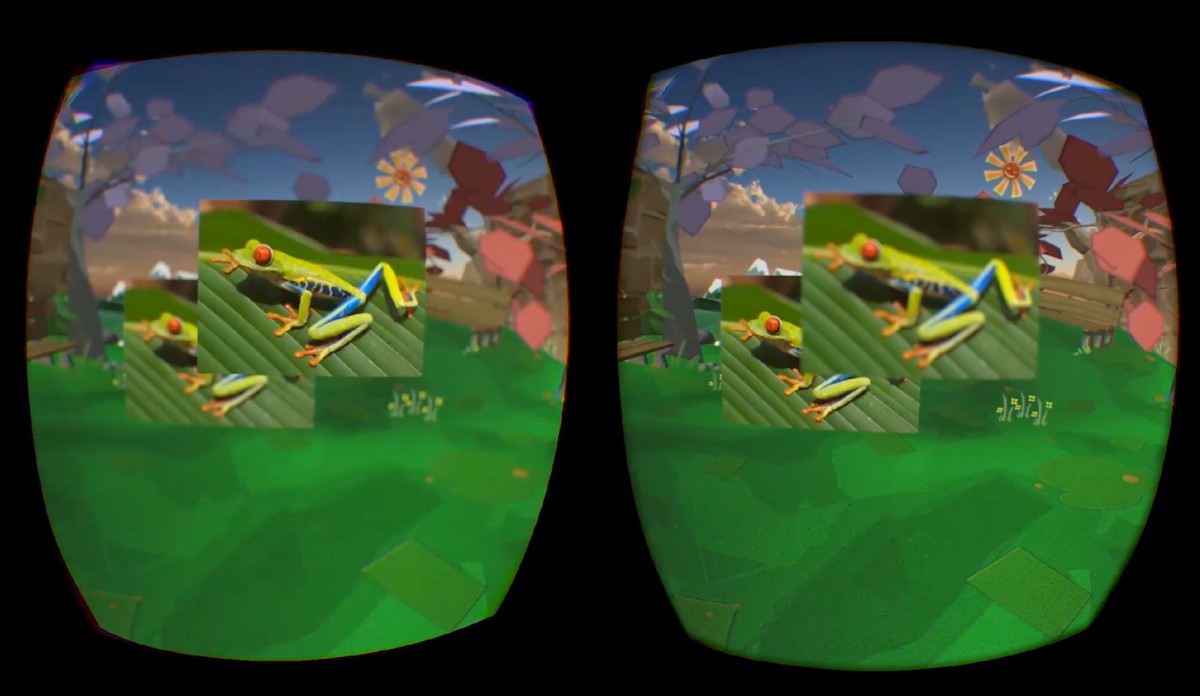Checking System Requirements
Before attempting to change the resolution on your Oculus Rift S, it is essential to ensure that your computer meets the system requirements. The proper functioning of your VR headset depends on having a compatible setup. Here’s what you need to check:
- Operating System: Confirm that your computer is running on a compatible operating system. The Oculus Rift S is supported on Windows 10 computers.
- Processor: Verify that your CPU meets the minimum requirement. Oculus recommends an Intel Core i5-4590 or AMD Ryzen 5 1500X processor or higher.
- Graphics Card: A capable graphics card is crucial for a smooth VR experience. Make sure your graphics card is at least an NVIDIA GTX 1050Ti / AMD Radeon RX 470 or higher.
- RAM: VR applications are memory-intensive, so ensure that your computer has at least 8GB of RAM. More RAM can provide better performance.
- Available Ports: The Oculus Rift S requires a DisplayPort or Mini DisplayPort output and a USB 3.0 port. Confirm that your computer has these ports available.
Verifying your system requirements is paramount as it directly affects the performance and compatibility of your Oculus Rift S. If your computer falls short in any of these areas, you may experience issues with resolution changes and overall VR functionality. It is recommended to address any deficiencies before proceeding.
Updating Graphics Drivers
Updating your graphics drivers is crucial for optimizing the performance of your Oculus Rift S and making resolution changes. Here’s how you can update your graphics drivers:
- Check for Updates: Determine the make and model of your graphics card. Visit the manufacturer’s website (such as NVIDIA or AMD) and navigate to the driver downloads section.
- Download the Latest Driver: Locate the driver software that matches your graphics card. Download the latest version compatible with your operating system.
- Install the Driver: Once the driver is downloaded, run the installer and follow the on-screen instructions to install it on your computer. It may require a system restart.
- Confirm Installation: After restarting your computer, verify that the graphics driver has been successfully installed. You can usually check this in your computer’s device manager or through the graphics card manufacturer’s software.
By keeping your graphics drivers up to date, you ensure that your computer is utilizing the latest enhancements and optimizations for your Oculus Rift S. This can help provide a smoother VR experience and allow for better resolution changes. Regularly checking for driver updates is important, as new versions often include performance improvements and bug fixes.
Adjusting Resolution in Oculus App Settings
The Oculus app provides a straightforward way to adjust the resolution settings of your Rift S. Follow these steps to make the necessary changes:
- Launch the Oculus App: Open the Oculus app on your computer.
- Go to the Devices: Click on the “Devices” tab located on the left-hand side of the app.
- Select Your Rift S: From the list of devices, select your Oculus Rift S headset.
- Click on Graphics Preferences: Under the Rift S device settings, click on “Graphics Preferences.” This will open up the graphics settings for your headset.
- Adjust the Resolution Slider: In the graphics preferences, you’ll find a resolution slider. Drag the slider left or right to decrease or increase the resolution accordingly. Keep in mind that increasing the resolution beyond your computer’s capabilities may impact performance.
- Apply the Changes: After setting the desired resolution, click on the “Apply Changes” button to save the new settings.
By adjusting the resolution in the Oculus app settings, you can find the optimal balance between visual quality and performance for your Oculus Rift S. It provides a convenient way to fine-tune the resolution to suit your preferences and the capabilities of your computer.
Changing the Resolution on Oculus Rift S
The Oculus Rift S allows you to change the resolution settings to optimize your virtual reality experience. Here’s how you can do it:
- Access the Oculus Debug Tool: Locate the Oculus Debug Tool on your computer. It is usually found in the Oculus installation directory. For example, it can be found in the following path: C:\Program Files\Oculus\Support\oculus-diagnostics.
- Open the Oculus Debug Tool: Double-click on the Oculus Debug Tool executable file to launch it.
- Change the Pixels Per Display Pixel Override: In the Oculus Debug Tool, locate the “Pixels Per Display Pixel Override” setting. This controls the resolution of the Oculus Rift S.
- Adjust the Resolution: Increase or decrease the value to adjust the resolution settings. Higher values increase the resolution, providing a sharper image, but may require a more powerful computer to maintain optimal performance. Lower values decrease the resolution, which can help improve performance if your computer is struggling.
- Apply the Changes: Click on the “Apply” button within the Oculus Debug Tool to save the changes you made to the resolution settings.
- Restart Your Oculus Rift S: To apply the new resolution settings, you need to restart your Oculus Rift S headset. Disconnect it from your computer, wait for a few seconds, and then reconnect it.
Changing the resolution on your Oculus Rift S allows you to customize your VR experience according to your preferences and the capabilities of your computer. Experiment with different resolution settings to find the balance between visual quality and performance that suits you best.

